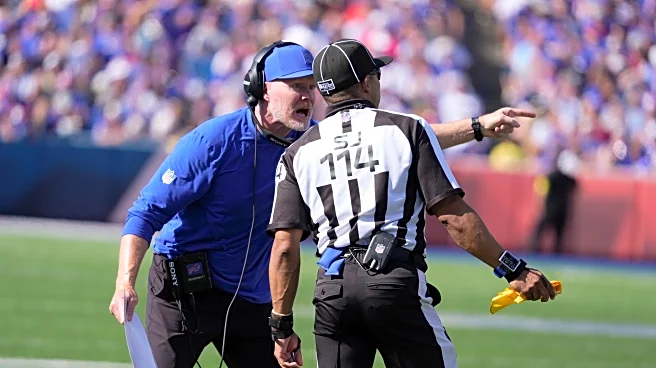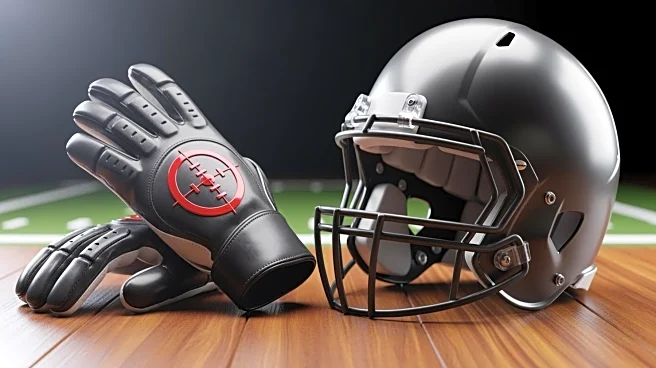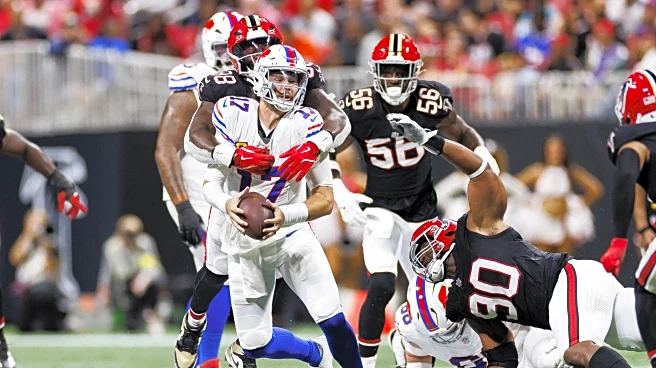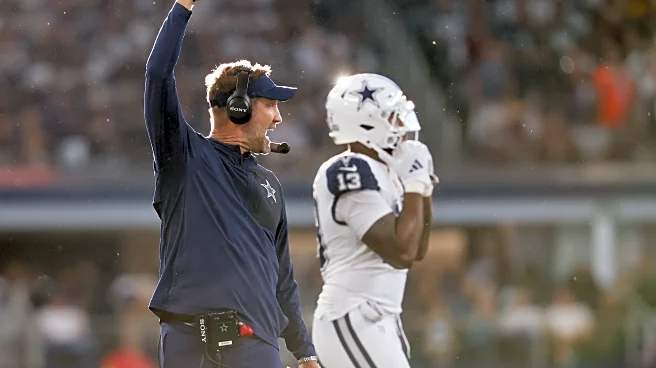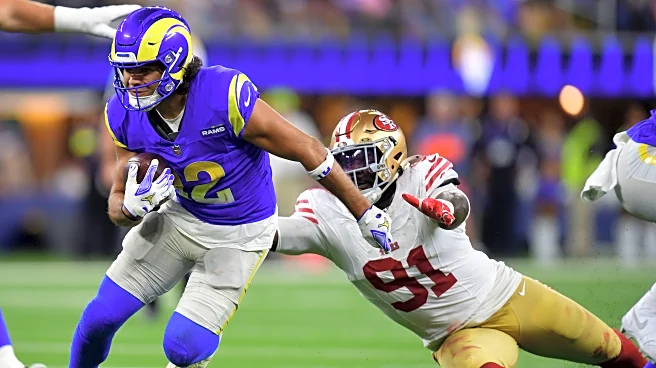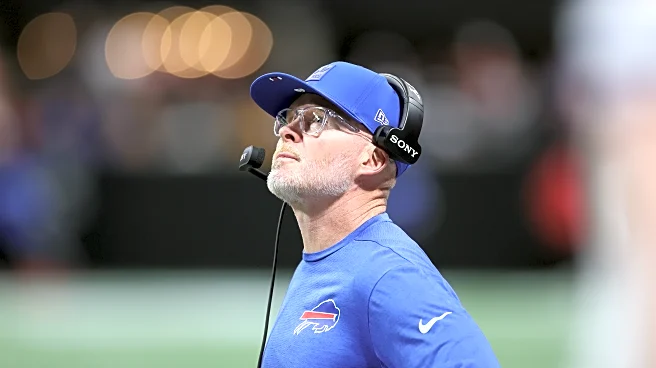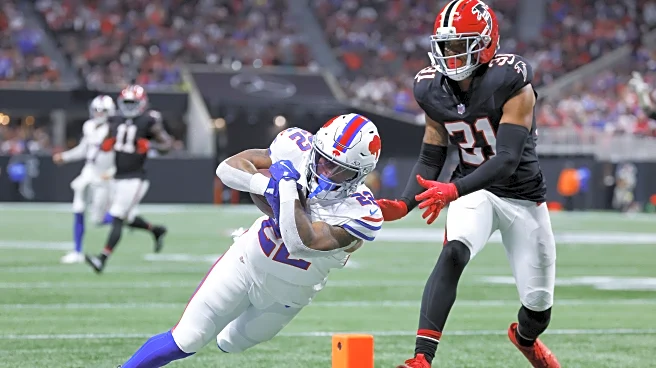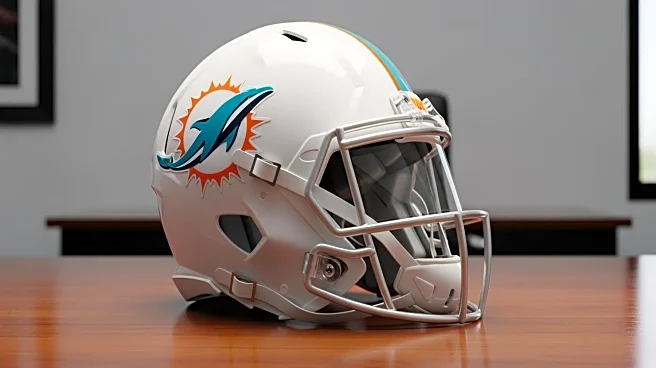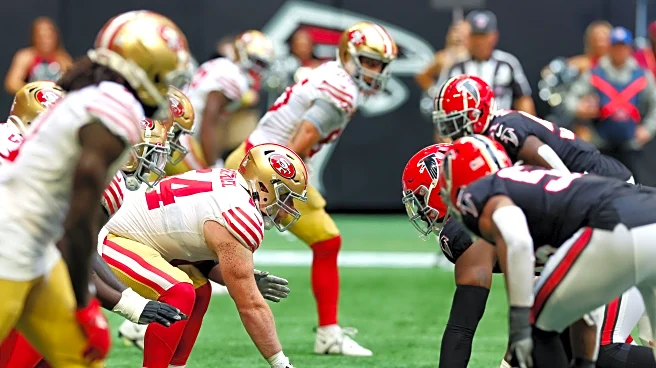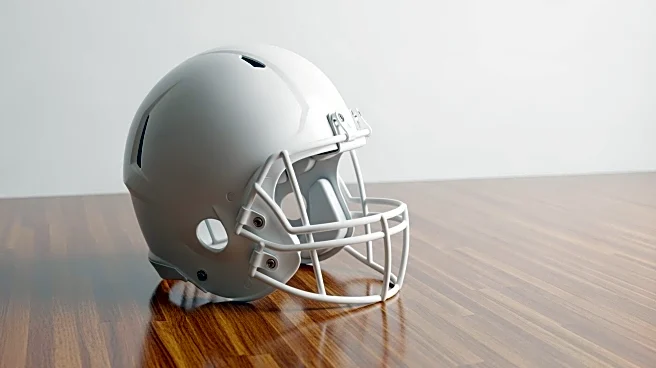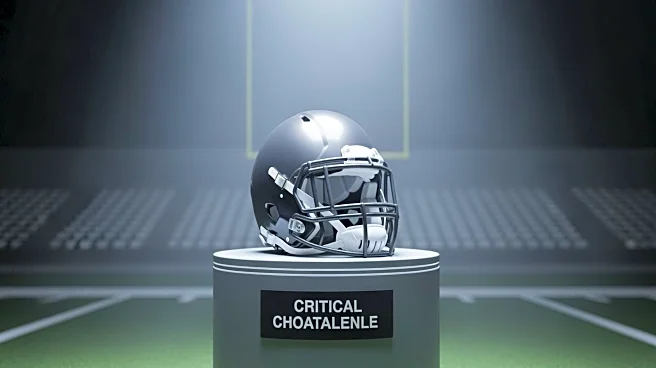A few weeks ago I made a comment that the Buffalo Bills were one of the lower-penalized teams in the league, and that this was atypical for them. Well, they’ve righted the ship. Of course by “righted”
I mean they’ve had several bad games in a row and are now in line with typical Sean McDermott-era performances. To be clear, that’s typically a bit above average.
Right now they’re averaging 7.33 assessed penalties per game, tied for 13th-worst in the league. Nothing crazy, but they’re not known for being a clean team either. Let’s dive into some of the trends since we’re coming off Buffalo’s bye week and I don’t have a game to analyze.
Weekly ebbs and flows

See? They started off so strong and then… less so. These roller coaster results aren’t unusual for the Bills, and I don’t see any reason to believe that over time this won’t wind up in the same old spot it always does. It’s a bit above average but nothing crazy. That said, there will be the occasional crazy result in a particular week — whether that’s a three or a 15.

For the blue line of “yards” or “assessed yards” it’s typically a good mirror for the counts, though an occasional anomaly can occur. Not so much with Buffalo this year, though. Similarly, the distance between the two lines can vary a great deal as the volume of impacted yards can drastically vary. The Bills have added about 20 yards of extra damage via impacted yards per game with the Miami Dolphins’ contest in Week 3 being the biggest anomaly.

This is the only chart I have comparing to opponents as the ones above would be too cluttered with that addition, and this stat covers a lot of the questions that might be answered anyway. Harm is not a perfect measurement, but I wouldn’t still be sticking with it after all this time if it hadn’t proven itself useful time and time again. There’ll be some information about what feeds into the formula via the next couple graphics, but the gist for new readers is that Harm “flags the flags.”
By weighting the outcome of a flag through a combination of assessed yards, negated or otherwise impacted yards, free downs, and negated scores; Harm grades each flag by its potential to impact the outcome of a game. An offside call can simply give a free five yards, or it can give an entirely new set of downs while simultaneously wiping out a huge loss of yards by way of a sack or tackle for loss.
This chart does mostly correlate with the counts above, but the most recent game against the Atlanta Falcons stands out as a massive anomaly. When considering the factors that penalties affected, Harm rates this game as the worst of the season.
As a result of the inclusion of opponent data here, we can also draw a conclusion that suggests Buffalo isn’t being treated unfairly compared to their competition as there are an equal number of games where the Bills experienced lesser impact than their opponent. This does however assume that the person interpreting the data agrees with the Harm concepts.
The Blame Game

For the sake of keeping things manageable here’s just the top 10 offenders so far this season. The list was sorted by the sum of the Harm rating, since naturally I’m biased to use the stat I invented. Defensive backs and offensive lineman are the most common culprits year after year, and it’s no surprise to see those position groups well represented.
There’s more than one way to make the list. You can simply be a victim of volume like left tackle Dion Dawkins who is averaging 0.7 Harm per flag. Or you can have a severe flag that jumps you up the list like defensive end Greg Rousseau’s offside flag that wiped out a fumble recovery. Then there’s the path of cornerback Tre’Davious White, which is having high volume and fairly high severity. White’s four flags average over 1.5 Harm. For reference purposes, an unnecessary roughness flag with no additional components would be 1.5 Harm. White’s flags are essentially averaging a personal foul per penalty.

I’ve been asked a few times to break down things by the type of penalty called. For those of you who have asked, here you are. This table does include all penalty types the Bills have racked up this season and like the one above is sorted by the sum of the Harm rating.
It should be a shock to no one that offensive holding is leading the charge. No other type of penalty comes close when it comes to count, assessed yards, affected yards, and Harm. The only silver lining is that so far the Bills haven’t negated a lot of first-down plays. I will also add that the numbers can be a bit misleading in that “offensive” holding is also called on special teams. There have been 11 flags of this kind on the offense this season, with a total Harm of just under 15. In other words, even though this is inflated by special teams fouls, the offense would still be in front by a lot.
If there’s one shock from this that I would point it, it’s what we can determine about Josh Allen based on this table and the last one. Above we saw Allen was flagged twice so far this season, which isn’t great but not shocking. Based on the fact there are two intentional grounding calls on this latest chart, we know what the two penalties were. The shock for me is that Allen hasn’t been called for taunting or unsportsmanlike conduct yet.
I have plenty of other ways to slice the data, so let me know if I can set my sights on different measures moving forward. As always… Go Bills!
